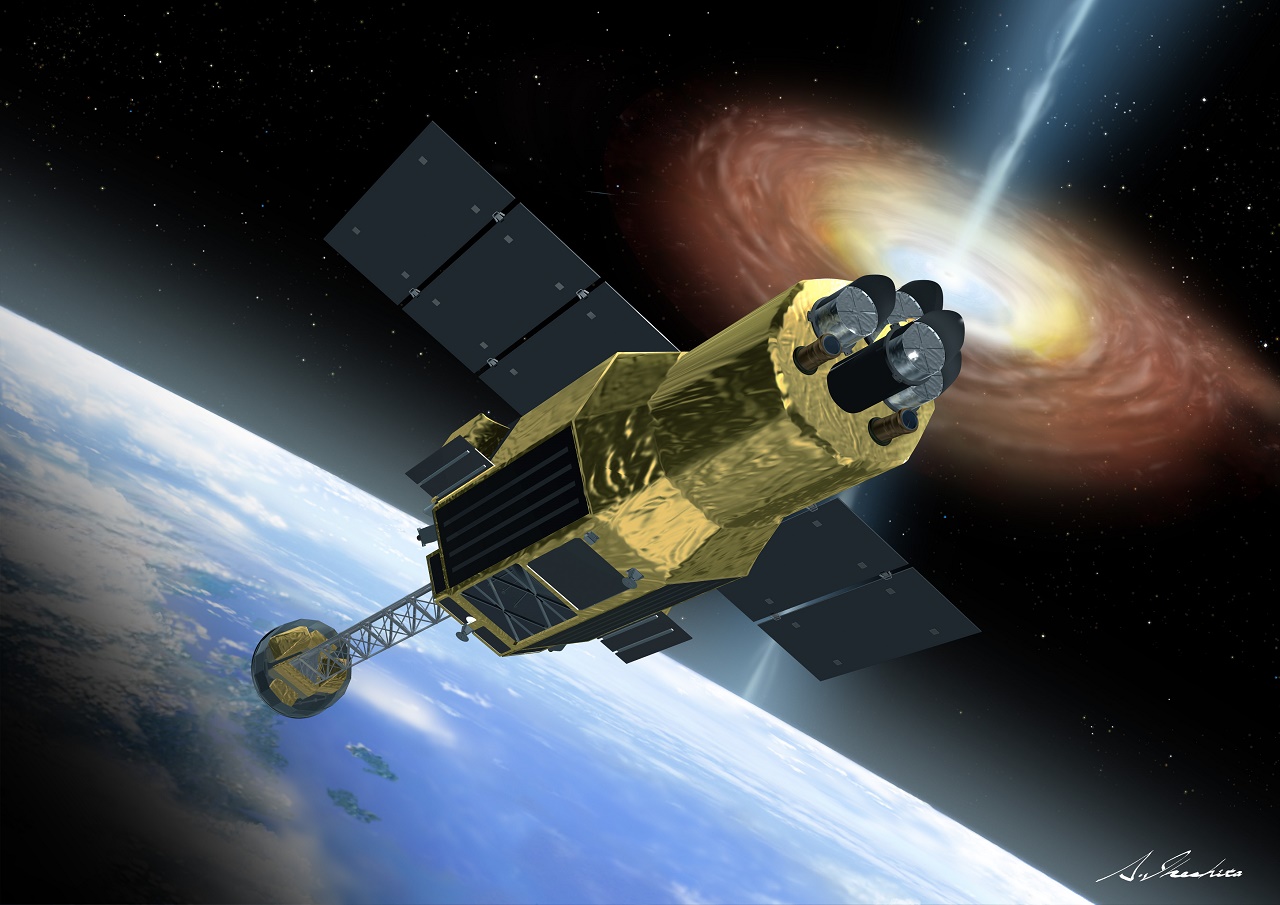Last week the Japanese space agency JAXA launched the satellite Astra-H. It is Japan’s largest space telescope ever, it will observe radiation with really high energy – X-rays and gamma radiation – emitted from black holes and giant galaxy clusters.
Astro-H is Japan’s third attempt to launch an X-ray telescope. A rocket failed and crashed shortly after launch in the year 2000, the telescope Astro-E was completely destroyed. Five years later the satellite Suzaku was launched, but it had problems with the helium gas which was used to cool a particular part of measuring equipment on board, making it unusable. W
ith Astro-H, the researchers have remade the design of the helium tank and the telescope is now ready for launch.
_____________
Astro-H JAXA
__________________________












![OpenAI. (2025). ChatGPT [Large language model]. https://chatgpt.com](https://www.illustratedcuriosity.com/files/media/55136/b1b0b614-5b72-486c-901d-ff244549d67a-350x260.webp)
![OpenAI. (2025). ChatGPT [Large language model]. https://chatgpt.com](https://www.illustratedcuriosity.com/files/media/55124/79bc18fa-f616-4951-856f-cc724ad5d497-350x260.webp)
![OpenAI. (2025). ChatGPT [Large language model]. https://chatgpt.com](https://www.illustratedcuriosity.com/files/media/55099/2638a982-b4de-4913-8a1c-1479df352bf3-350x260.webp)








